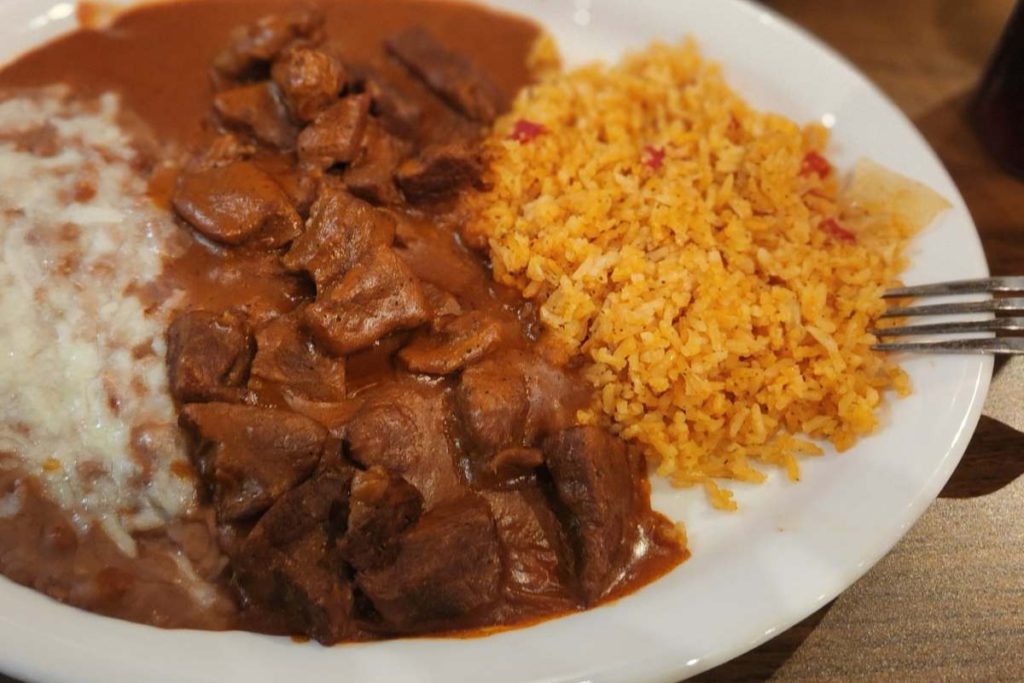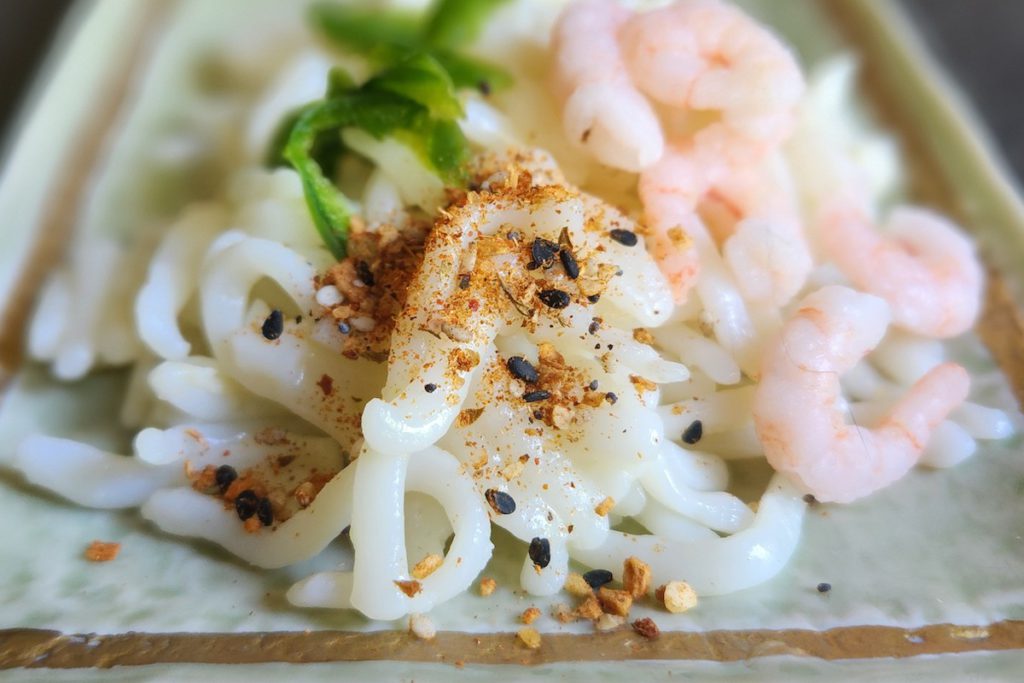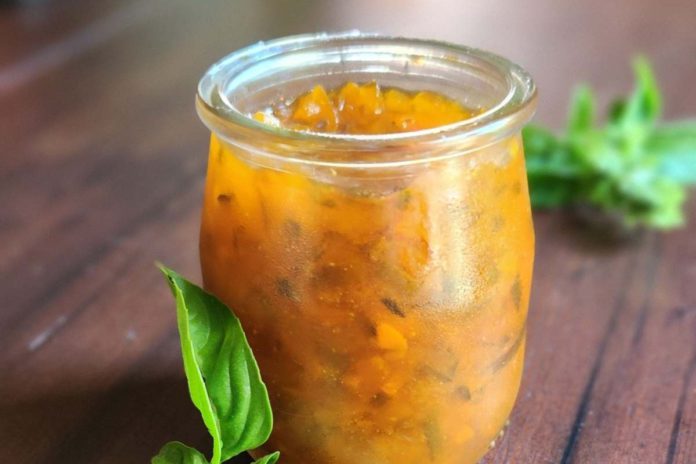Ethiopia, Indonesia, Tunisian, Algeria, Morocco, Puerto Rico and even parts of Japan experience sweltering temperatures in the summer. People in these countries still make, serve and eat spicy foods often flavored with traditional spice blends that will help them sweat out the hot temperatures rather than eating chilled food to cool down.
Consuming spicy foods on a hot day may seem counterintuitive, but eating spicy foods in warm weather can make you feel cooler. Capsaicin, a chemical compound found in spicy foods has the ability to activate pain receptors in the mouth creating a burning sensation. The body reacts with multiple cooling responses.
The primary cooling reaction is sweating which draws heat away from the body. Other cooling mechanisms include increased blood flow to the skin, encouraging mucous membranes around the eyes and nose to produce more fluids, and causing blood vessels near the surface of the skin to widen to release heat.

There is no shortage of fiery spice blends and spicy food in the Bay Area. Everything from hot sauces, spicy curries, wasabi, dried hot peppers and more are readily available in local supermarkets. There are, however, some hot spice blends from around the globe that are not as commonly seen locally. They can be exciting to cook with as well as help keep you cool on warm summer days. These blends can be used in traditional or modern recipes.
Berbere Spice blend is a cornerstone of Ethiopian and Eritrean cuisine. Berbere also refers to the chili pepper itself. This East African spice blend combines chili, paprika, ginger, garlic, fenugreek, and other aromatic warming spices, creating a flavor profile both spicy and earthy. Traditionally it is used to season different stews, make a spicy butter sauce or as a rub on chicken, lamb, chickpeas and cauliflower.
Merken is a hot spice blend with a base made from smoked or dried Cacho de Cabra chili peppers mixed with salt, smoked paprika and coriander. It originated with the Mapuche people of the Araucanía region in Chile and is now commonly used by chefs and home cooks throughout Chile and abroad. It has a hot, smokey, slightly fruity flavor which pairs well with seafood, beef, pork, chicken, lentils, potatoes and other root vegetables.
Ras el hanout is a spicy, earthy, sweet North African spice blend commonly used in Tunisia, Algeria and Morocco. It can have a noticeable kick or a mild spicy profile. The common ingredients include cardamom, cinnamon, allspice, ginger, black pepper, peppercorn, cumin, nutmeg, coriander seed, clove, mace, fenugreek and turmeric. The addition of chili peppers and hot paprika determine the heat level.
Ras el hanout is stirred into rice or couscous dishes or rubbed on meat or fish. It is often used to flavor salad dressings and the vegetables for salad such as carrots, broccoli, potatoes and cauliflower.

Bumbu dasar oranye (orange-colored bumbu) is a spicy blended paste used in traditional Indonesian dishes such as gulai, curry, kalio and rendang. Its heat comes from red chili peppers which along with turmeric contribute to the paste’s orange color. The blend also contains: garlic, coriander, ginger, anise, caraway seed, shallot, galangal (a close relative of ginger), black pepper and candlenut seeds. It pairs well with fish, squid, chicken, beef, pork and vegetables used in soups, stir-fries, and curries.
Togarashi is a Japanese spice blend made from red chili pepper flakes, sesame seeds, orange peel, seaweed, ginger, nori and poppy seeds that is as common on Japanese tables as salt and pepper are in the US. It has a diverse taste profile ranging from nutty, to citrusy, to a hint of umami. It is also used to flavor fish, poultry, beef and sauteed vegetable dishes, or as a condiment on noodles. The spiciness varies from pleasantly warm to spicy hot depending on the recipe.
If you are fired up to stay cool and try these exotic spice blends, they can be found on menus in various Bay Area restaurants, purchased in international and larger grocery stores, or by making these spice blends from online recipes. It might just be the coolest thing you do this summer.
Daniel O’Donnell is the co-owner and operator of an organic landscape design/build company in Fremont. Chrysalis-Gardens.com




